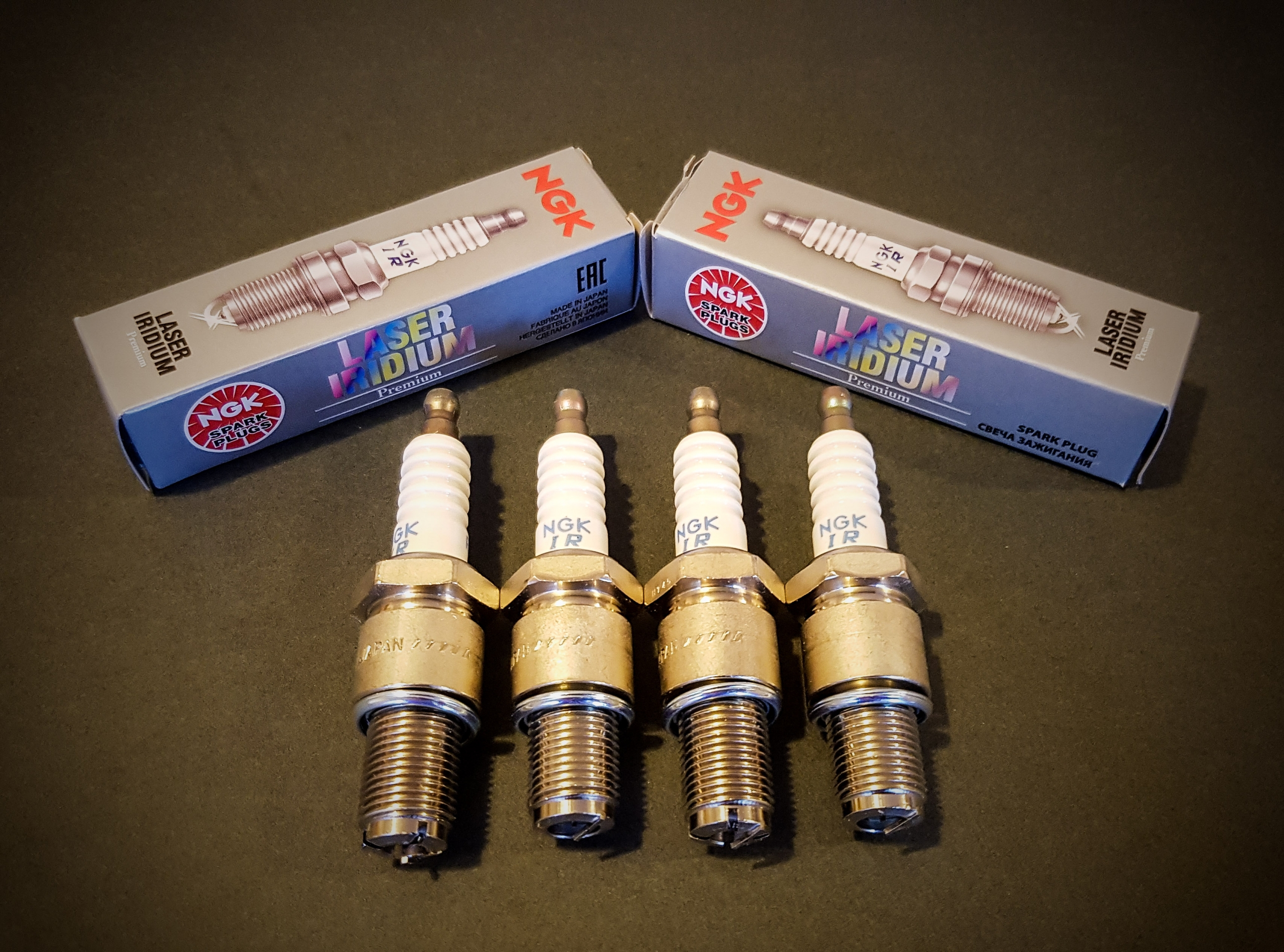

Iridium radioisotopes are used in some radioisotope thermoelectric generators. Iridium metal is employed when high corrosion resistance at high temperatures is needed, as in high-performance spark plugs, crucibles for recrystallization of semiconductors at high temperatures, and electrodes for the production of chlorine in the chloralkali process. The most important iridium compounds in use are the salts and acids it forms with chlorine, though iridium also forms a number of organometallic compounds used in industrial catalysis, and in research. 191Ir and 193Ir are the only two naturally occurring isotopes of iridium, as well as the only stable isotopes the latter is the more abundant. Iridium is one of the rarest elements in Earth's crust, with annual production and consumption of only 3 tonnes (6.6 thousand pounds). Smithson Tennant, the primary discoverer, named it after the Greek goddess Iris, personification of the rainbow, because of the striking and diverse colors of its salts. Iridium was discovered in 1803 among insoluble impurities in natural platinum.

However, corrosion-resistance is not quantifiable in absolute terms although only certain molten salts and halogens are corrosive to solid iridium, finely divided iridium dust is much more reactive and can be flammable, whereas gold dust is not flammable but can be attacked by substances that iridium resists, such as aqua regia. It is one of the most corrosion-resistant metals, even at temperatures as high as 2,000 ☌ (3,630 ☏). A very hard, brittle, silvery-white transition metal of the platinum group, it is considered the second-densest naturally occurring metal (after osmium) with a density of 22.56 g/cm 3 (0.815 lb/cu in) as defined by experimental X-ray crystallography. The variety of catalytic reactions for which these metals have been investigated is extremely wide, and the collection of this considerable amount of data into one carefully arranged volume will unquestionably provide a most useful source of information for chemists and chemical engineers concerned with reactions in which one or other of these metals may provide the most suitable catalyst.Iridium is a chemical element with the symbol Ir and atomic number 77. They are arranged in sections dealing respectively with the hydrogenation of organic compounds, other reactions of organic compounds, reactions with inorganic compounds, and catalyst properties. Rea and Marguerite Bebbington of the company’s Development and Research Division, the bibliography contains more than three hundred abstracts of papers and patent specifications, covering the period from 1881 to mid-1959. But scattered throughout the world’s scientific literature are quite a number of records of research carried out with one or other of these metals as catalysts in many different types of reactions.Īn admirable survey of this literature has now been prepared and published by the International Nickel Company Inc., New York, as an Annotated Bibliography on Ruthenium, Rhodium and Iridium as Catalysts. The catalytic properties of the other members of the platinum group of metals are by no means so fully appreciated, nor are they employed for this purpose to anything like the same extent. The literature on both platinum and palladium as catalysts is very extensive, and these two metals are widely employed in a variety of reactions on a commercial scale.


 0 kommentar(er)
0 kommentar(er)
